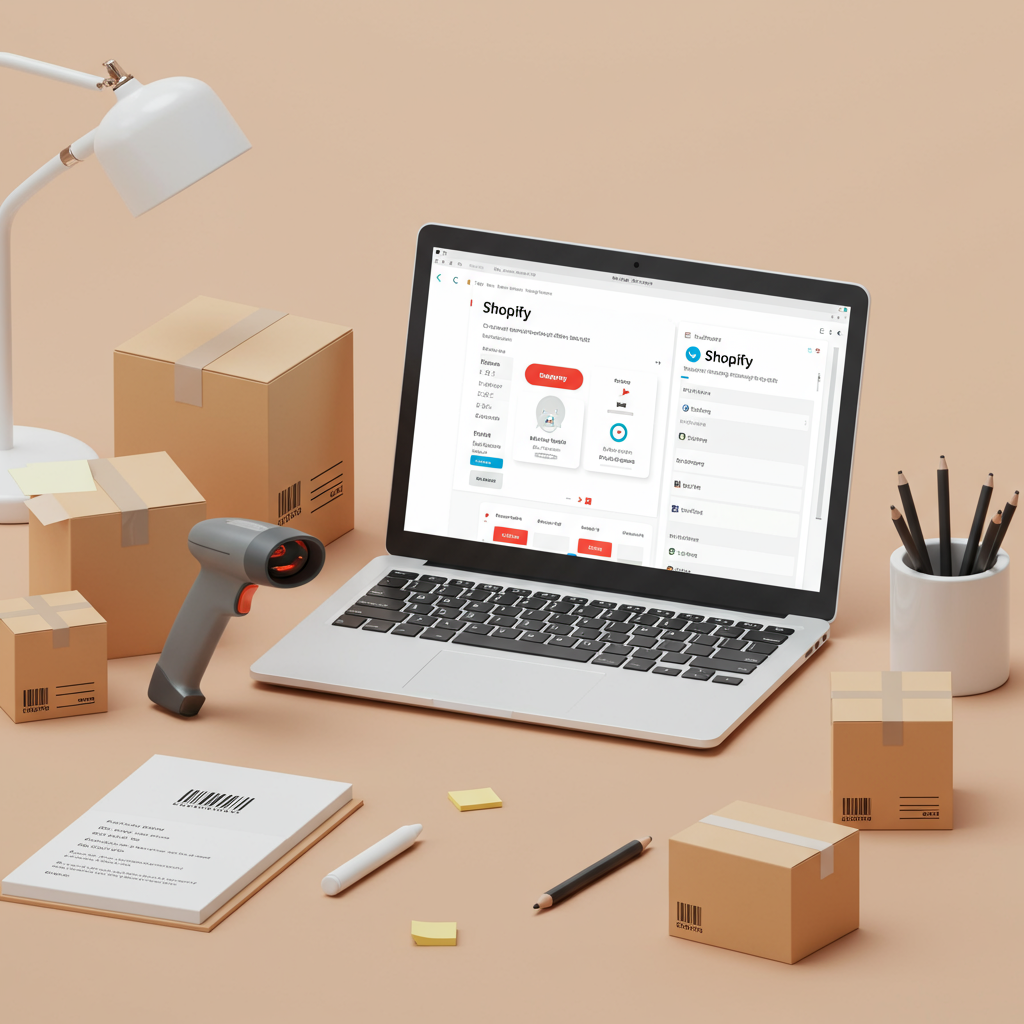From manual spreadsheets to automated efficiency, I’ve explored the best inventory management solutions to help your Shopify store thrive.
As a Shopify merchant, I’ve learned firsthand that managing inventory isn’t just about knowing how many units you have on hand. It’s the backbone of your entire operation, directly impacting customer satisfaction, cash flow, and ultimately, your profitability.
For a long time, I struggled with manual spreadsheets, trying to keep track of stock levels across different sales channels and storage locations. It was a constant source of stress and often led to costly mistakes.
I remember one holiday season, we oversold a popular item because our inventory count was off. The scramble to fulfill those orders, issue refunds, and manage customer disappointment was a nightmare I vowed never to repeat.
That’s when I realized the critical need for a robust inventory management solution. Shopify, while fantastic for e-commerce, has its limitations when it comes to advanced inventory features, especially as your business scales.
This led me down a rabbit hole of researching and testing various Shopify inventory management apps. My goal was to find tools that could automate processes, provide real-time insights, and help me make smarter business decisions.
Before diving into specific apps, I want to share what I believe are the non-negotiable features every merchant should look for. These are the functionalities that truly make a difference.
First, real-time synchronization is paramount. You need an app that updates stock levels instantly across all your sales channels – your Shopify store, marketplaces like Amazon or eBay, and even physical retail locations if you have them.
Second, multi-location support is crucial for businesses with more than one warehouse, fulfillment center, or retail store. Knowing exactly where your stock is at all times prevents overselling and optimizes shipping.
Third, robust order management capabilities are essential. This includes features like order routing, partial fulfillment, and backorder management, all integrated seamlessly with your inventory.
Fourth, demand forecasting and reporting tools are invaluable. Predicting future sales helps you optimize purchasing, avoid stockouts, and reduce carrying costs. Detailed reports give you a clear picture of your inventory health.
Fifth, barcode scanning integration can dramatically speed up receiving, picking, packing, and stocktaking processes, reducing human error and improving efficiency.
Finally, consider integrations with other critical business tools like accounting software (QuickBooks, Xero) and shipping carriers. A truly integrated ecosystem saves immense time and effort.
Now, let’s talk about some of the apps I’ve explored and what I’ve learned about them. My experiences might differ from yours, but I hope this gives you a solid starting point.
**Stocky by Shopify:** This is Shopify’s own inventory management app, and it’s free for Shopify POS Pro users. I found it to be a great starting point for smaller to medium-sized businesses.
Its strengths lie in its seamless integration with Shopify POS, making it excellent for omnichannel retailers. It helps with purchase orders, transfers between locations, and basic reporting.
However, I found its advanced features somewhat limited compared to dedicated inventory solutions. It might not be sufficient for complex manufacturing needs or highly intricate multi-channel operations.
**Katana MRP:** If you’re a merchant involved in manufacturing or assembly, Katana MRP is a game-changer. I was impressed by its focus on raw materials, work-in-progress, and finished goods.
It provides a clear overview of your production pipeline, allowing you to track materials, schedule manufacturing orders, and manage shop floor operations. This level of detail is rare in general inventory apps.
While powerful for manufacturing, it might be overkill for pure retail or dropshipping businesses that don’t deal with production processes. Its strength is its niche.
**QuickBooks Commerce (formerly TradeGecko):** I remember TradeGecko being a popular choice, and now as QuickBooks Commerce, it continues to offer a comprehensive solution, especially for B2B and wholesale operations.
Its features include advanced order management, multi-currency support, and robust B2B portal capabilities. I found it excellent for managing complex pricing tiers and customer-specific catalogs.
The integration with QuickBooks accounting is a significant advantage for many businesses, streamlining financial reconciliation. It’s a more enterprise-level solution, which comes with a higher price point.
**SKULabs:** For businesses with significant warehouse operations and a need for efficient picking and packing, SKULabs stood out. Its focus on barcode scanning and streamlined fulfillment workflows is impressive.
I found its mobile app for scanning and its ability to manage multiple warehouses particularly useful. It’s designed to optimize the physical movement of goods within your operation.
It might be more than what a small, single-location business needs, but for growing e-commerce brands with increasing order volumes, it offers substantial efficiency gains.
Choosing the right app really boils down to understanding your specific business needs. Consider your current size, your growth projections, the complexity of your supply chain, and your budget.
Don’t just pick the most popular or expensive option. Evaluate which features are truly essential for your daily operations and which ones you can grow into. Most offer free trials, so take advantage of them.
When implementing a new system, I always recommend starting with a clean slate. Ensure your existing inventory data is accurate before migrating it. Train your team thoroughly, as user adoption is key to success.
It’s a significant investment of time and resources, but the payoff in terms of reduced errors, improved efficiency, and better decision-making is immense. It frees you up to focus on growth, not just managing stock.
I truly believe that a well-chosen inventory management app is one of the best investments a Shopify merchant can make. It transforms a chaotic process into a streamlined, data-driven operation.
What do you think about these insights? Have you used any of these apps, or do you have other recommendations that have worked wonders for your Shopify store? I’d love to hear your experiences.






